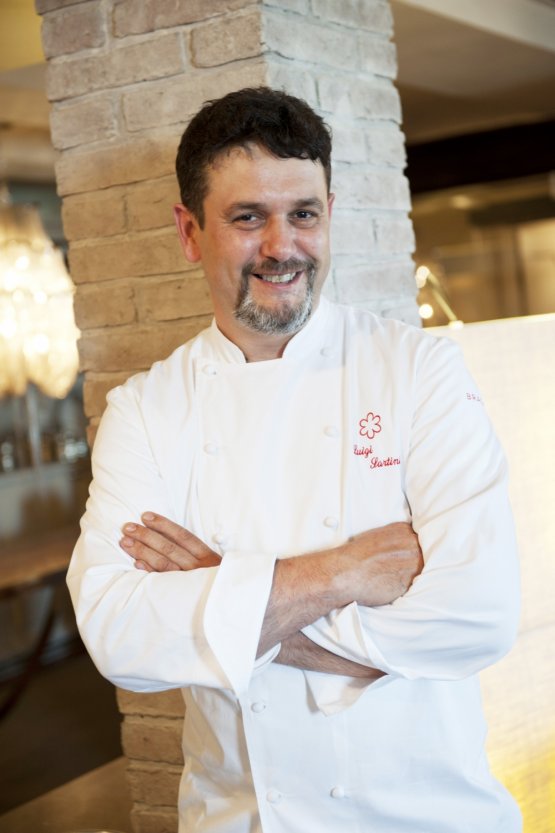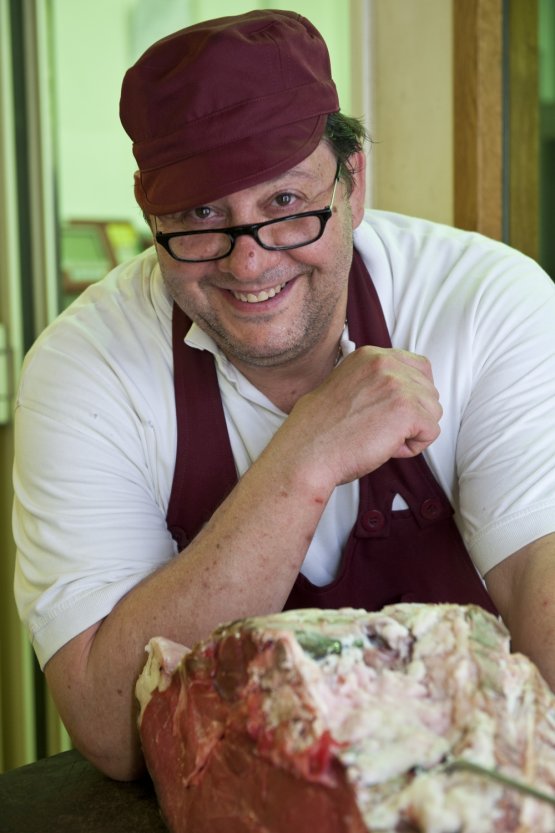Sixty-one square kilometres, 32 thousand inhabitants. I believe that many among Italy’s 8 thousand municipalities share the same numbers except in this case we’re talking about a State, the Republic of San Marino, the most ancient republic in the world after the Roman one which however hasn’t survived to our days. Everything is enclosed between two dates. The first goes back to 301 AD, 17 centuries ago, when on 3rd September of that year, Saint Marino arrived from Dalmatia and found refuge on the peaks of Mount Titano (739 metres high, a distance you can cover, metre after metre, if you start from the beaches in Rimini, on the horizon). The second date is in 1291, almost one thousand years later, the official year of its foundation, thanks to the pope acknowledged.
For us Italians, used to quite different dimensions, it is hard to consider San Marino a nation in all respects. If however you spend some time there, going beyond the day trip on the mountain top from which you can enjoy a unique panorama, and what a sunset, you can realise how many facets this place has. The effect, for instance for someone like me who lives in Milan (with an area of almost 182 sqm, 3 times as many), is that of feeling like Gulliver and this leads you to appreciate San Marino even more, because in your mind you’re like an elephant in a crystal shop.

Luigi Sartini (photo by Brambilla-Serrani)
The biggest mistake you can make is to follow the mass. People are used to say that if it’s sunny, one should go to the sea (in Rimini) and if it rains it’s best to go on Mount Titano, which is behind it. There was a time in the millennial history of San Marino when this country could have had an outlet to the sea, but it came to nothing, isolation was preferred. Today you it’s difficult to tell where the borders are. If you arrive via motorway, the exit is that of Rimini, from which the
superstrada, the Via Consolare to Mount Titano begins. The area of Cerasolo is in Italy, but soon after that you’re in Serravalle, in San Marino, with its wavy profile, sometimes even steep hills, so much so there’s even a cable-car when the road starts to climb to the top of Mount Titano.
On the
World Heritage list thanks to the decision taken in 2008 by
Unesco with a great motivation (because it is a «testimony of the continuity of a free republic since the Middle Ages»), San Marino deserves a prolonged visit in order to discover and enjoy some of the delicious pieces that compose a pleasantly unexpected mosaic.

Giovanni Fornaciari, butcher owner of Brasserie da Gianni (foto Brambilla-Serrani)
The point in which you should place your compass, the point from which you should start and then return because it is a point of reference for everything, is Piazza Libertà. There, at number 10, there’s
Righi which on the ground floor is an
osteria and on the first floor a renowned restaurant owned by the
Righi family for half a century. Mrs
Maria cooked here for a long time but with the new century the serious and well prepared
Luigi Sartini is in charge of everything, sided by volcanic
Giacomo Paganelli, a star sommelier, exuberant and brilliant enough to make the pleasurable side of wine stand out and not that of boring erudition.
There’s no anti-Sartini in the republic. The
Raschi brothers stay in Italy, in Rimini, the
Agostini in Pennabilli and
Parini in Torriana, respectively at
Da Guido,
Piastrino and
Povero Diavolo.
Brasserie da Gianni, +378.0549.6661634, is a trattoria (with a superb cellar) within a butcher shop in which chops and Florentine steaks are handled and char-grilled by two sisters. The patron goes around the tables with his massive presence. Everything is very logic. It’s almost useless to look for freshly caught fish among these hills.
1. to be continued